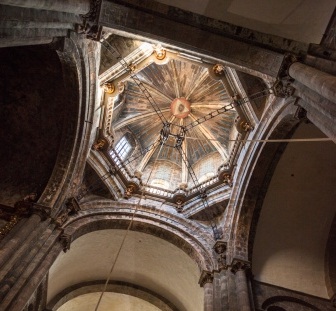
Known as the Way of St. James, the Camino de Santiago is any of the pilgrimage routes leading to the shrine of the apostle St. James the Great in the Cathedral of Santiago de Compostela in Galicia, Northwestern Spain, where the remains of the saint are believed to be buried.
The Camino de Santiago was named one of Unesco’s World Heritage Sites.
Undertaken for spiritual reflection and growth, the 500-mile journey also attracts thousands of pilgrims, athletes and adventurers from all over the world eager to take on the challenge of walking (or in some cases, cycling) for weeks on end.
Breathtaking scenery and the opportunity to make friends with fellow travelers are other incentives for including the Camino on one’s bucket list.
Of the recognized routes, the French Way is a popular choice. Pilgrims start on the French side of the Pyrenees and slowly make their way through the interior of Northern Spain until they reach Santiago de Compostela.
For a scenic and less congested route, consider the Northern Way, which begins in Basque Country then progresses to the northern coast of Spain, all the way to Santiago.
Most pilgrims like to rough it, camping out in tents and sleeping bags after a full day on their feet. Hostels and rural homes are also available for those who want to end the journey with a roof above their head.
Those who have completed the Camino advise pilgrims to travel light; your desire to pursue the journey is enough, they say.
Still, the must-have item to bring is the Pilgrim Passport or credencial, a document that is stamped with the official St. James seal once a pilgrim reaches a town along a recognized route. Besides serving as proof of your having trekked the trail, the credencial offers access to inexpensive and sometimes free overnight accommodations along the route. Purchase one from a Spanish tourist agency or church.
July and August are the most popular months to attempt the Camino, while April, May, June and September are not as busy and offer generally warm weather.
Whenever you choose to do it, remember: this is not a race. Go by your own pace and use each day to take stock of your life and the blessings that abound.